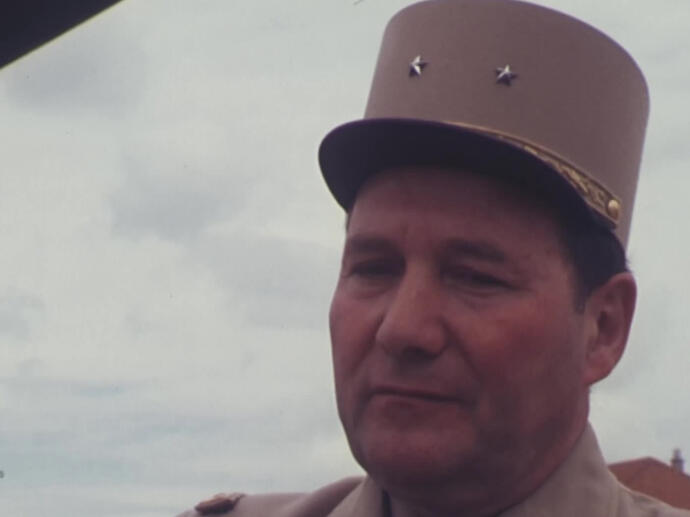Just for anecdote, France built at the time a Air base 200 Apt-Saint-Christol for its IRBMs on the Albion plateau, Vaucluse department, in Provence, which entered service in 1971.
At the beginning of 1966, it was decided to build 27 silos and 3 fire control stations (PCT) for the future S2 missiles, but only 18 silos and 2 fire control stations were actually built. Work on PCT3 and its associated silos was started but stopped in December 1968 following budgetary restrictions. Here, De Gaulle will instead increase the capacity of the base with at least 4 firing units of 9 missiles:

 en.wikipedia.org
en.wikipedia.org

 fr.wikipedia.org
fr.wikipedia.org
For the nuclear tactical, programme Pluton.
Five regiments in the east and north of France were equipped from 1974 to 1978 with eight Pluton launchers each (six operational spread over three firing batteries plus two reserve launchers), for a total of 40 launchers. Plus one or two launchers without nuclear warheads for the artillery school.
I don't know that we can accelerate this program, first shot in 1970, entering service four years later.
French TV News of 1974 :

 www.ina.fr
www.ina.fr
At the beginning of 1966, it was decided to build 27 silos and 3 fire control stations (PCT) for the future S2 missiles, but only 18 silos and 2 fire control stations were actually built. Work on PCT3 and its associated silos was started but stopped in December 1968 following budgetary restrictions. Here, De Gaulle will instead increase the capacity of the base with at least 4 firing units of 9 missiles:

1st Strategic Missile Group (France) - Wikipedia

Base aérienne 200 Apt-Saint-Christol — Wikipédia
For the nuclear tactical, programme Pluton.
Five regiments in the east and north of France were equipped from 1974 to 1978 with eight Pluton launchers each (six operational spread over three firing batteries plus two reserve launchers), for a total of 40 launchers. Plus one or two launchers without nuclear warheads for the artillery school.
I don't know that we can accelerate this program, first shot in 1970, entering service four years later.
French TV News of 1974 :

Pluton | INA
Last edited:
